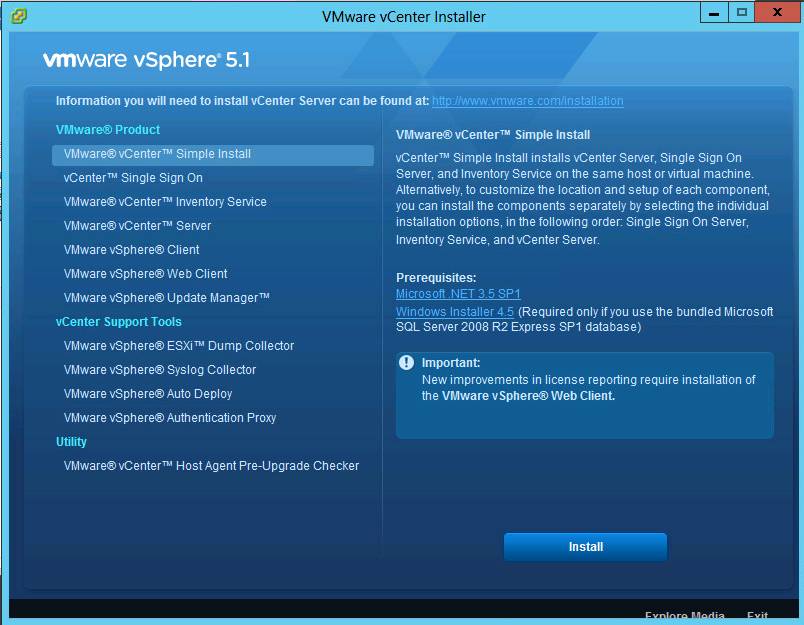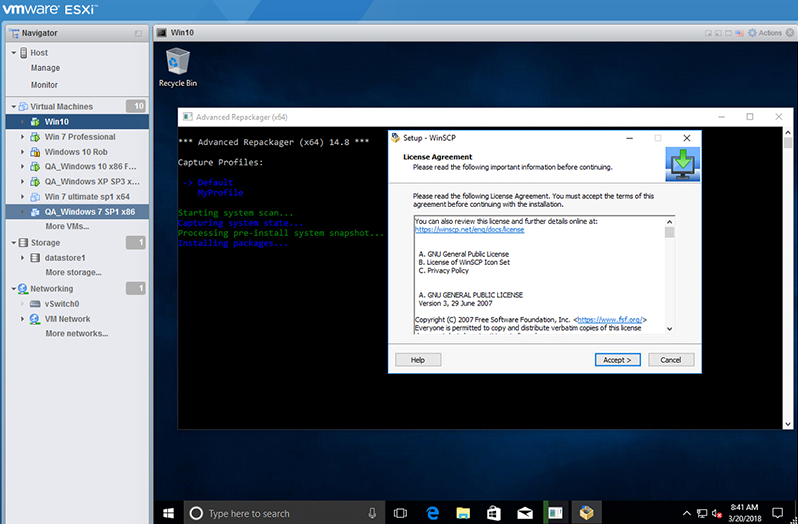

Evaluation ModeĪfter you install ESXi, it operates in evaluation mode for up to 60 consecutive days.
 Two 2-CPU hosts with 48 cores per CPU and two 1-CPU hosts with 20 cores per CPUĭual-core and quad-core CPUs, such as Intel CPUs that combine two or four independent CPUs on a single chip, count as one CPU. If you use the licensing model with up to 32 cores, you can assign a vSphere license for 10 32-core CPUs to any of the following combinations of hosts: If you attempt to assign a license that has insufficient capacity or does not support the features that the host uses, the license assignment fails. For example, if the host is associated with a vSphere Distributed Switch, the license that you assign must support the vSphere Distributed Switch feature. The license must support all the features that the host uses. The license must have sufficient capacity to license all physical CPUs on the host. To license an ESXi host, you must assign it a vSphere license that meets the following prerequisites:
Two 2-CPU hosts with 48 cores per CPU and two 1-CPU hosts with 20 cores per CPUĭual-core and quad-core CPUs, such as Intel CPUs that combine two or four independent CPUs on a single chip, count as one CPU. If you use the licensing model with up to 32 cores, you can assign a vSphere license for 10 32-core CPUs to any of the following combinations of hosts: If you attempt to assign a license that has insufficient capacity or does not support the features that the host uses, the license assignment fails. For example, if the host is associated with a vSphere Distributed Switch, the license that you assign must support the vSphere Distributed Switch feature. The license must support all the features that the host uses. The license must have sufficient capacity to license all physical CPUs on the host. To license an ESXi host, you must assign it a vSphere license that meets the following prerequisites: 
vSphere Desktop that is intended for VDI environments is licensed on per virtual machine basis.

When you assign a vSphere license to a host, the amount of capacity consumed is determined by the number of physical CPUs on the host and the number of cores in each physical CPU. If а CPU has more than 32 cores, you need additional CPU licenses. Starting with vSphere 7.0, one CPU license covers one CPU with up to 32 cores. Each vSphere license has a certain capacity that you can use to license multiple physical CPUs on ESXi hosts. ESXi hosts are licensed with vSphere licenses.








 0 kommentar(er)
0 kommentar(er)
